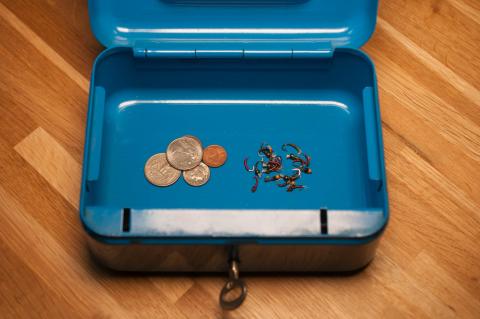Hi Martin,
To your point, when tying at the east coast shows in the US, the only things that come up to my room at night are my Law Vise and tube of Wonder Wax (perhaps the next topic in a series hard to find items with prices going through the roof).
Best,
Bruce
- Log in to post comments

